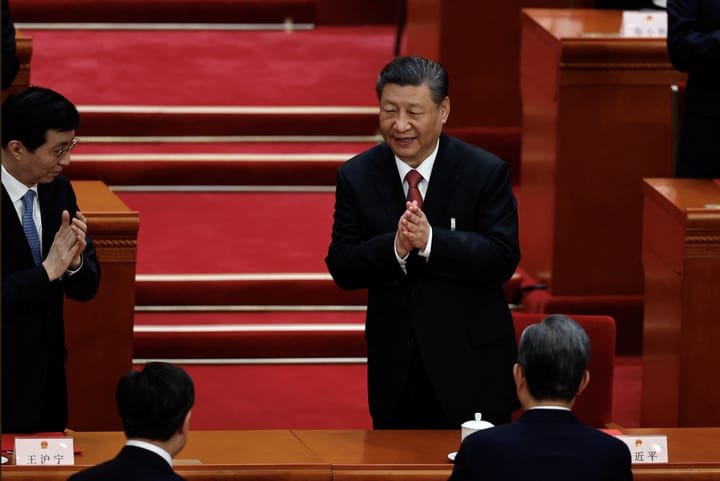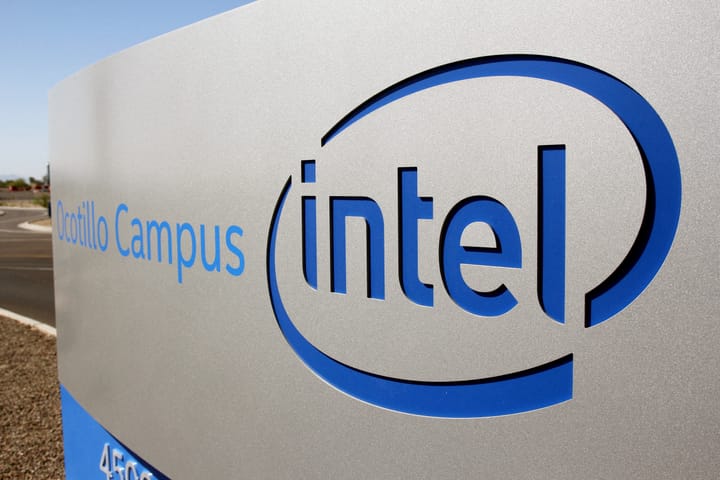The effect of Trump’s economic policies on his base, explained

A few minutes every morning is all you need.
Stay up to date on the world's Headlines and Human Stories. It's fun, it's factual, it's fluff-free.
President Donald Trump’s first term economic agenda has been dominated by a trade war with China, massive tax cuts and, now, the response to the coronavirus pandemic. These events have had a profound impact on the president’s base.
As the end of his first presidential term grows closer, with the likelihood of a second increasingly uncertain given recent polling, how far President Donald Trump’s economics have helped or hurt his base can be brought more into focus.
Trump’s presidential campaign in 2016 ran on a message of “draining the swamp,” appealing to Americans who felt, for a variety of reasons, politically and economically disadvantaged.
Leveraging his carefully cultivated business personality, then-candidate Trump dominated the headlines throughout the campaign with his promises to build a wall along the Mexican border and end the national debt within eight years. Trump eventually succeeded in mobilizing a traditionally apathetic electorate by getting white voters without college degrees to turn out in large numbers to vote for him.
This last group – non-college white voters – makes up a substantial portion of Trump’s base, both in 2016 and in the run-up to the 2020 election.
Trump’s unexpected mobilization of these groups in large part accounts for his victory in 2016, in which small margins in the key states of Michigan, Wisconsin and Pennsylvania propelled him to the presidency.
The base
Trump’s unexpected victory in the 2016 Presidential Election stemmed largely from his success in mobilizing a key demographic that was traditionally apathetic toward voting.
The mobilization of white voters without college degrees, a demographic that had been shifting right for decades but did not tend to vote in large numbers, proved vital to Trump’s electoral success.
Though Trump’s margin of victory in the states of Michigan, Wisconsin and Pennsylvania was only in the tens of thousands, this was enough to garner enough electoral votes to secure the presidency against Democratic challenger Hillary Clinton.
These voters, who felt both politically and economically disadvantaged and “left behind” by both parties, backed Trump largely as a result of Trump’s personal image and the promises he made them.
According to a RAND Corporation survey undertaken before the 2016 election, Trump, out of the remaining Republican presidential candidates in March 2016, appealed the most to people who agreed with the statement “people like me don’t have any say about what the government does.”
Those who agreed with the statement were 86.5% more likely to prefer Trump, whose campaign and presidency can at best be called “untraditional.”
Trade wars
President Trump’s first term economic agenda has been dominated by a trade war with China, massive tax cuts and, now, the response to the coronavirus pandemic. These events have had a profound impact on the president’s base.
In a New York Times interview in August, President Trump has stated that, for a potential second term, his agenda would be “similar” and would “continue what we’re doing, we’d solidify what we’ve done.”
For President Trump, the backing of white non-college voters includes the crucial support of America’s farms and agricultural workers. For these workers, Trump’s first term has seen an unprecedented level of uncertainty and hardship.
Beginning in 2018, Trump’s long-promised tariffs against China escalated into a full-blown trade war between the two countries.
As a result of a steep decline in the export of agricultural goods, such as soybeans, the federal government stepped in with a significant subsidy program to offset the pain caused by the trade fallout. This subsidy, the “Market Facilitation Program,” provided US$8.5 billion and US$14.3 billion to the farming industry in 2018 and 2019.
Yet not all of this money has been equally or fairly distributed. In its latest funding round, some two-thirds of subsidies for America’s farms went to the top 10% of recipients, with some US$28 billion of aid going to the top half of recipients.
This has meant that, more often than not, subsidies to cover Trump’s trade war with China and related coronavirus measures have gone to the larger, more sustainable, farms. Michael Slattery, a farmer and economist at the Wisconsin Farmers Union, said the payments don’t “cover your losses” and does nothing to address the “greater and greater concentration of industry” by larger companies.
Despite the uncertainty caused by the trade war, now compounded by the fragile economic climate caused by the coronavirus pandemic, farmers still support the president. One September poll found that 53% of rural adults approved of President Trump’s handling of the job, higher than his national approval rating.
Tax cuts
Farmers and rural communities are not alone in facing uncertainty and pain from President Trump’s policy agenda.
In the run-up to the 2016 election, the president promised “tax relief” that would be “concentrated on the working and middle-class taxpayer” who would “receive the biggest benefit.”
In reality, not only have Trump-era tax cuts significantly contributed to America’s ballooning national debt, a burden which will ultimately fall on taxpayers, they have also disproportionately favored the wealthiest individuals and corporations in particular.
Trump’s landmark Tax Cuts and Jobs Act of 2017 slashed corporate tax rates to 21%, with top individual income taxes cut to 37%.
However, the corporate cuts were made permanent, whereas individual income tax cuts are set to expire after five years.
According to the nonpartisan Tax Policy Center, the bulk of the relief provided by the tax cuts went not to the middle and working-class, but to taxpayers in the 95th to 99th percentiles of all earners, i.e., the richest Americans.
Furthermore, UC Berkeley economists Emmanuel Saez and Gabriel Zucman claim that, for the first time ever, American billionaires are paying a lower tax rate than the working class. As a result of tax cuts, the richest 400 American families in 2018 paid an average effective tax rate of 23%, while the bottom half of American households paid a higher effective rate of 24.2%.
However, the Trump tax cuts did lower the burden for Americans outside the wealthiest tax brackets and did also spur some degree of economic growth. But this growth wasn’t as dramatic as Trump had promised and also served to expand America’s national debt, which will eventually be paid through higher taxation.
As Jeffrey Johnson, lawyer and managing legal editor of FreeAdvice.com, told TMS, “the benefits to low earners was minimal” as a result of Trump’s tax cuts and the money funneled to farmers as a result of the trade war with China “comes from US taxpayers,” negating any overall positive impact these cuts may have had.
Coronavirus
With the onset of the coronavirus pandemic, much of the economic record that President Trump had to tout has vanished.
The president has previously claimed to have created the “greatest economy we’ve ever had in the history of our country,” but with a continued surge of coronavirus cases around the United States, the country cannot return to normal economic activity.
And with stimulus negotiations uncertain and delayed for months as a result of the president’s own apparent belief that no stimulus was needed, millions of Americans remain unemployed as signs of economic growth slow down while the coronavirus lingers on.
As a result of this record, the president is losing support among those key demographics that propelled him to the presidency. Not only is Democratic challenger Joe Biden maintaining a healthy polling lead in the crucial battlegrounds in the final week of the campaign, but the former vice president also appears to be chipping away at the incumbent president’s support among white voters without college degrees.
In 2016, Democratic nominee Hillary Clinton lost this demographic by more than 20 points. Now, according to UCLA Nationscape’s polling, Biden is behind by just 12 points. When considering the small margins that decided the victor in 2016, this should be worrying for Trump’s reelection campaign.
This slight drop in support among this demographic is also compounded by a change in demographics. Though the president succeeded in turning out white non-college degree voters to a degree unprecedented in modern elections, their numbers have been in long-term decline.
In the past four years, the number of voting-age white Americans without college degrees has dropped by more than five million, while minority voters and college-educated white voters, demographics that more strongly lean Democratic, have risen by more than 13 million.
While the full extent of the president’s support among his base will only be revealed after ballots are counted after the election, Trump’s lagging support among the demographics that contributed greatly to his 2016 win could ultimately signal that disenfranchised voters who looked to the businessman-turned-politician in 2016 to address feelings of political and economic dislocation have found themselves adrift once more.
Have a tip or story? Get in touch with our reporters at tips@themilsource.com




Comments ()